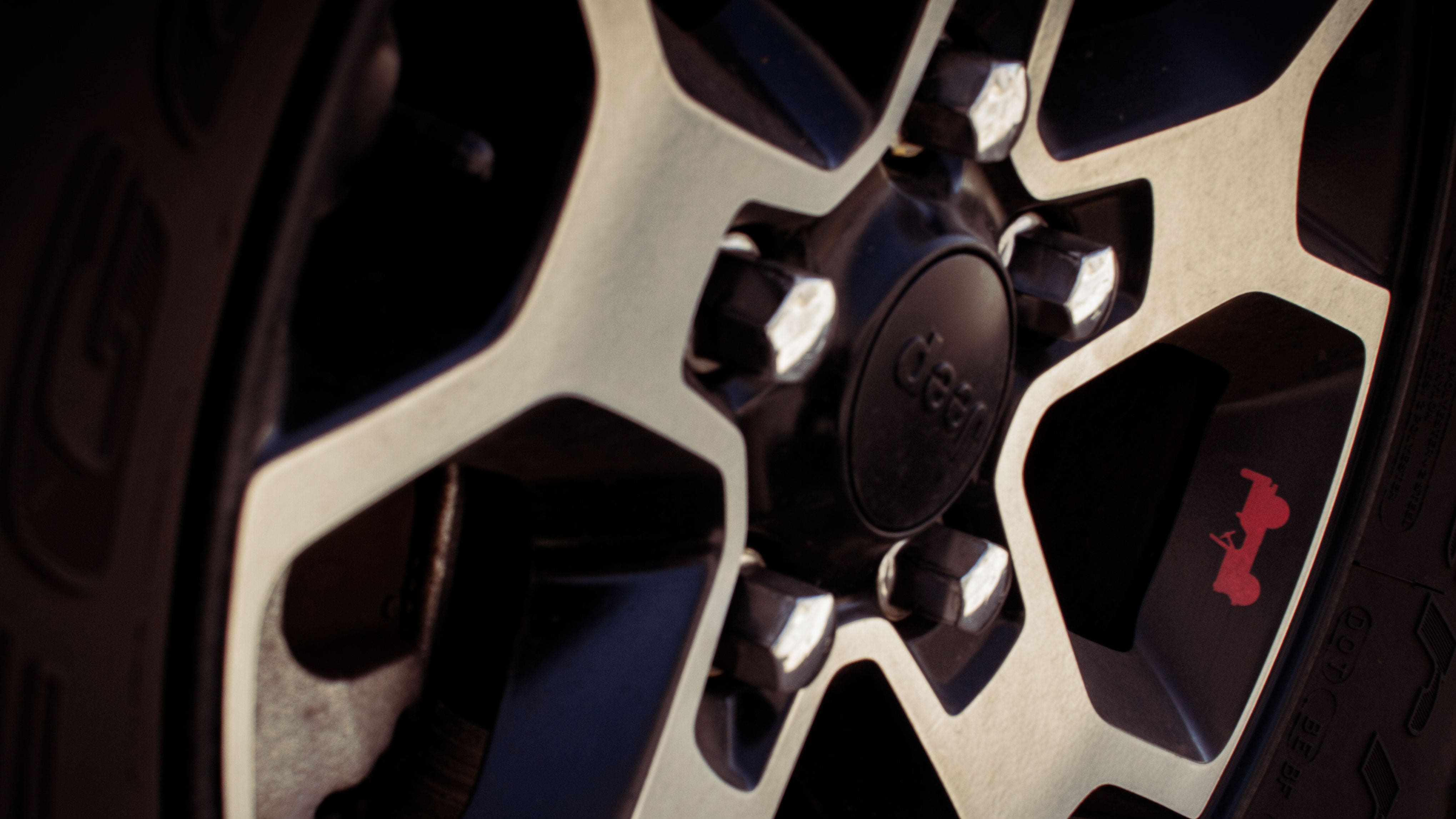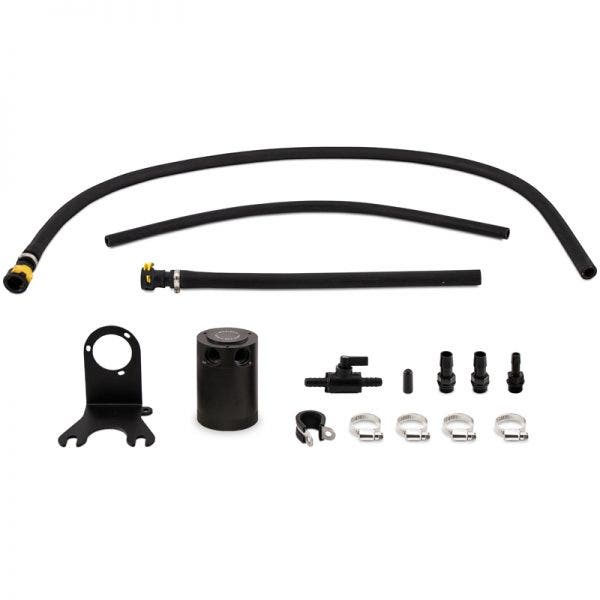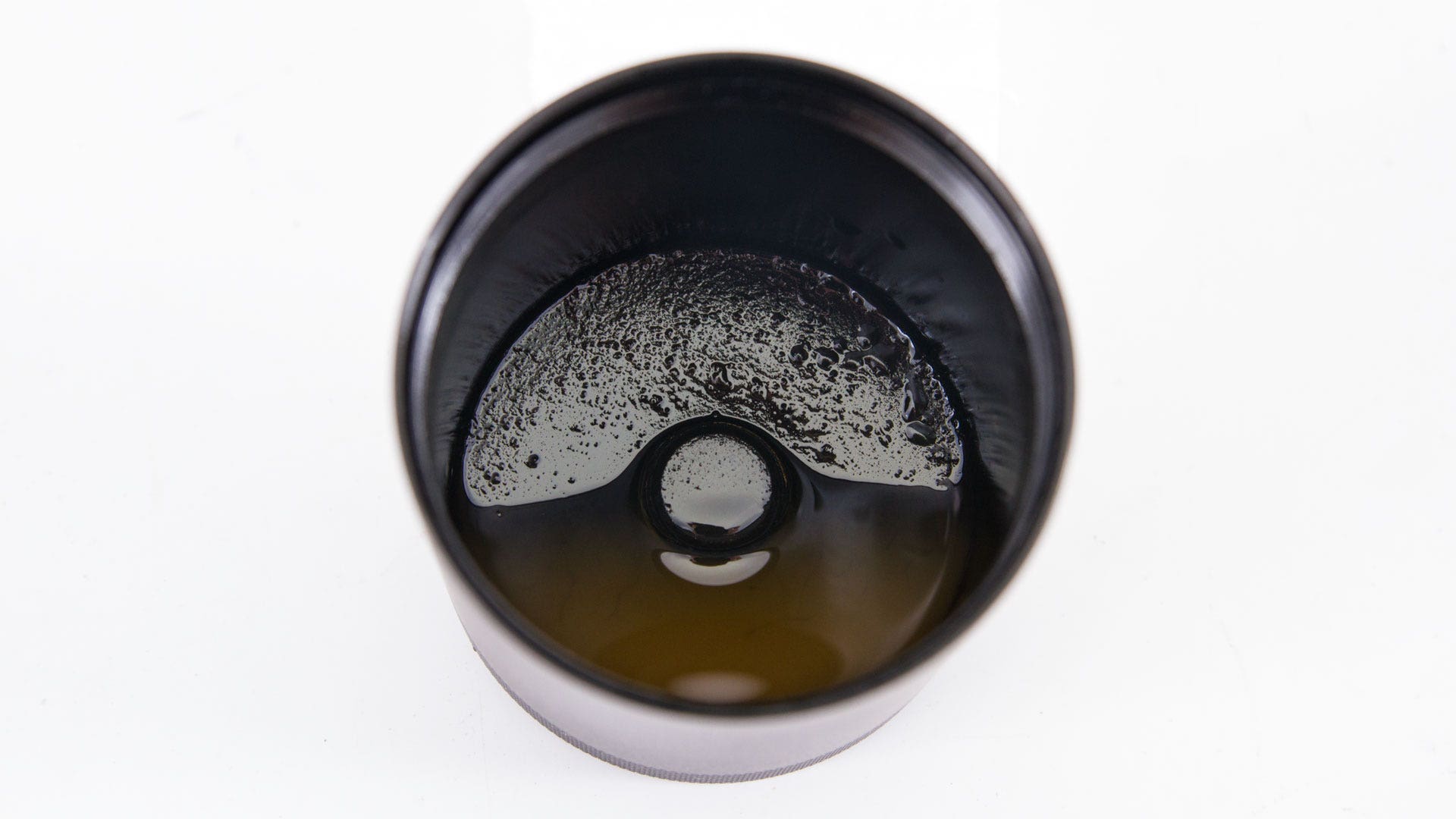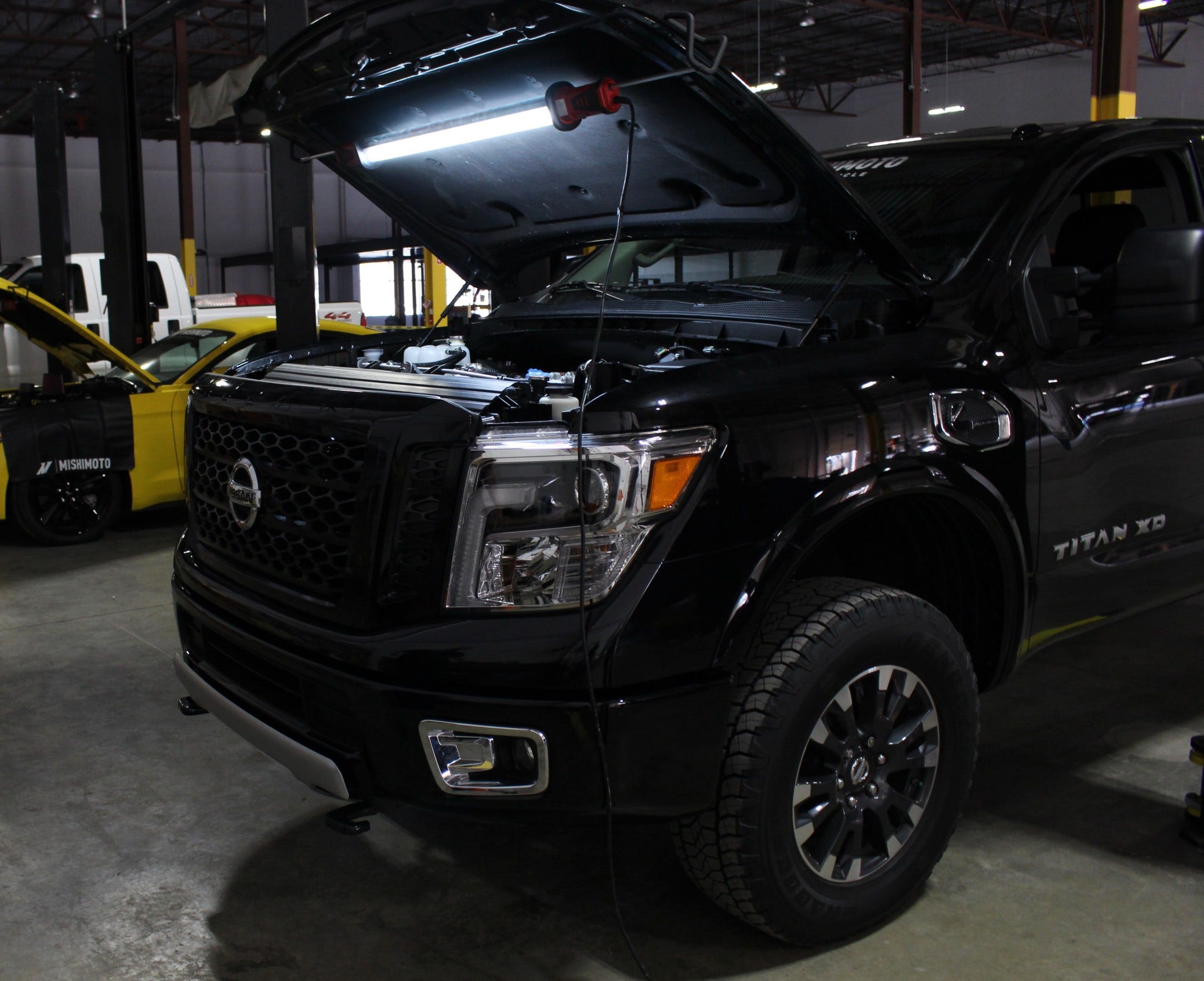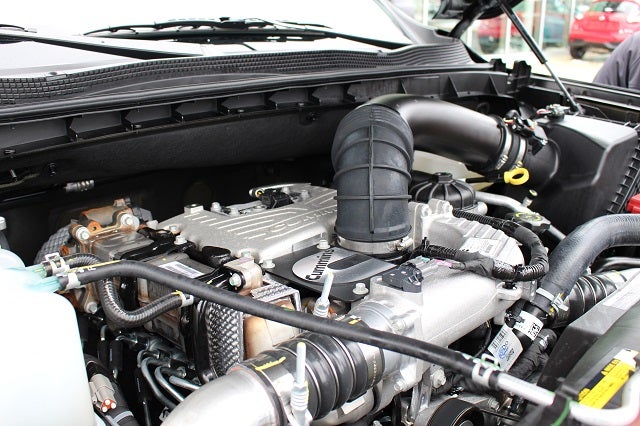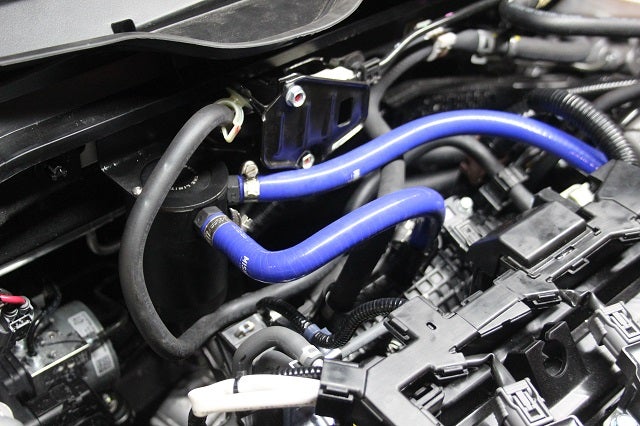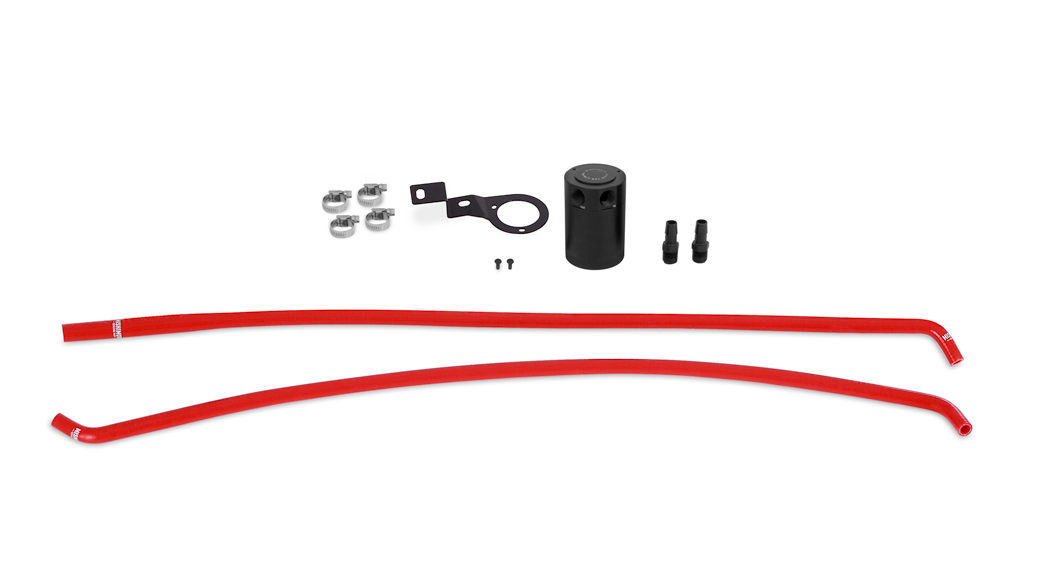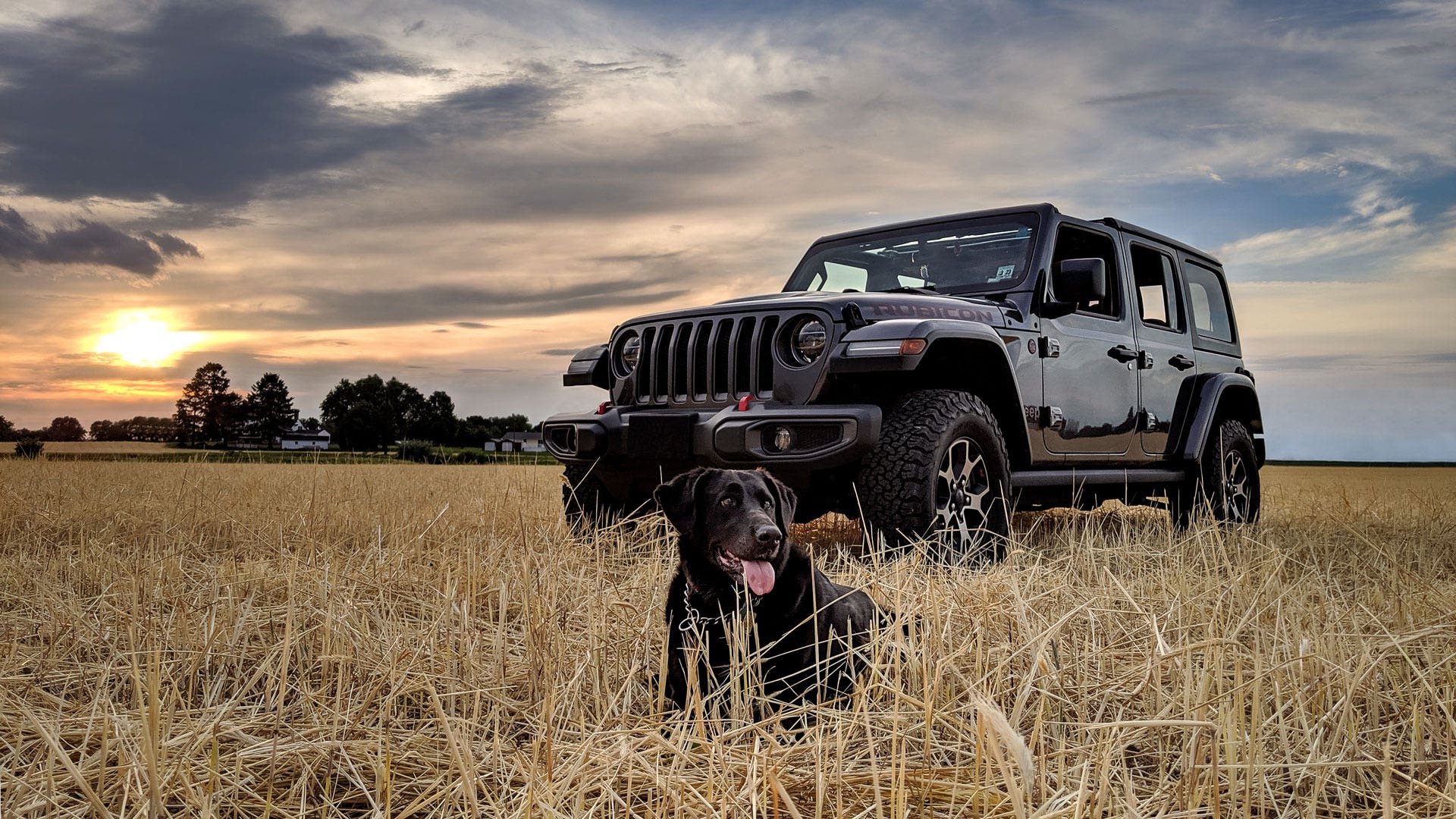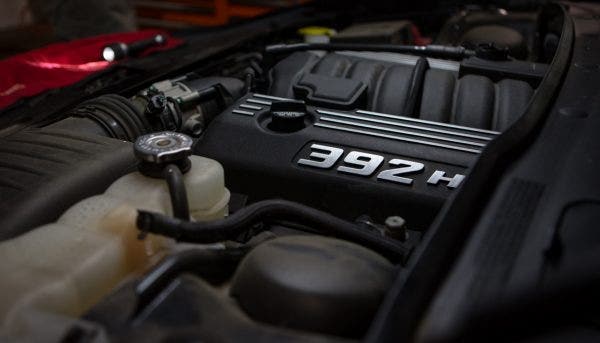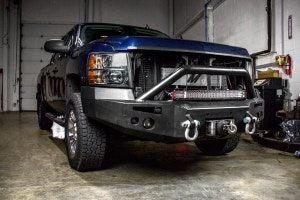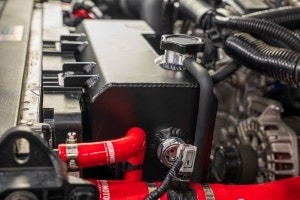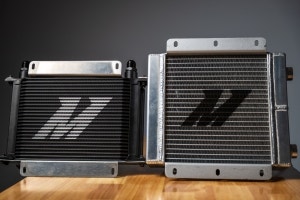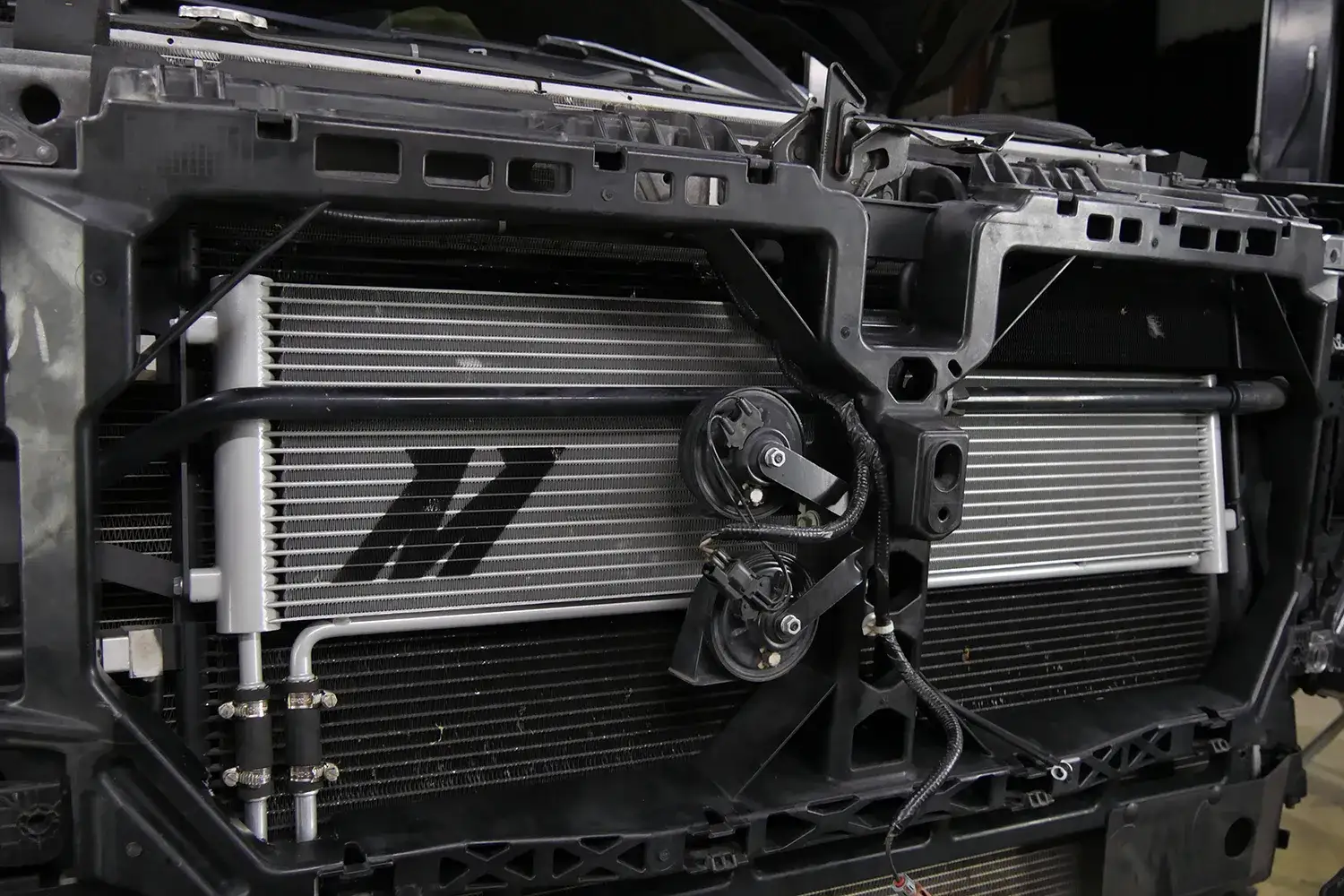One of the hardest parts of any adventure comes before you even leave your house: the waiting that leads up to your inevitable start. Sitting there, watching the minutes tick down until it's time, is a test of patience. That last minute can feel like it lasts longer than the hours leading up to it. Here at Mishimoto, it feels like we've been in the final minute of our 2018+ Jeep Wrangler JL 3.6L catch can project forever. But with this post, we're counting down those last seconds and moving on.
We installed our prototype catch can kit on our volunteer JL and sent it out into the world to see what it would catch. About 800 miles later, we paid a visit to our volunteer JL to check how much blow-by the can collected. We've seen in the past that the Pentastar engine can generate a lot
